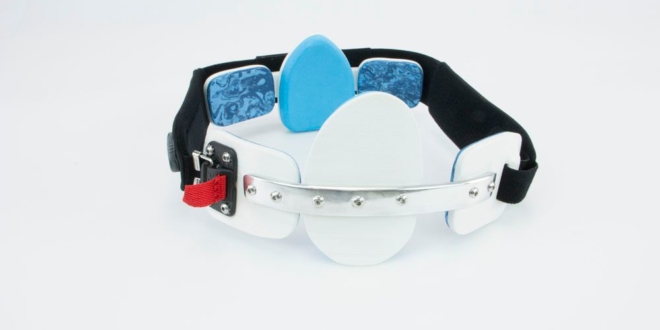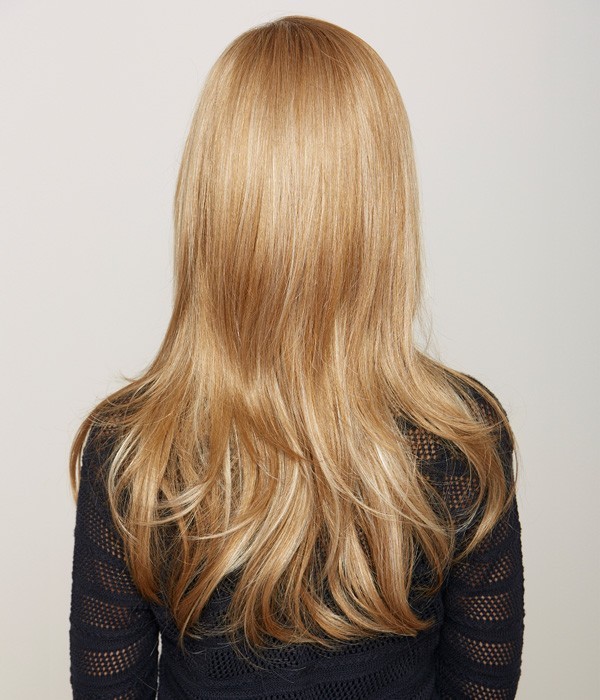
Pectus carinatum happens when the sternum and breastbone curve outward instead of inward. This condition is typically caused by a congenital defect, which means many cases can be traced back to birth or childhood. If you have a pectus carinatum as a child, you might experience physical pain and can be harmful to your self-esteem. Fortunately, there are corrective procedures that help with it. Let’s discuss pectus carinatum causes and effective treatments.
What is Pectus Carinatum?
Pectus carinatum, often called Pigeon Chest or Keel Chest, is a condition that causes the cartilage that makes up the breastbone to expand excessively. As a result, the breastbone area may protrude somewhat from the rest of the chest. The term “chest keel” refers to the keel of historic Roman ships and is where the phrase “pectus carinatum” originates.
A doctor will typically make the diagnosis of pectus carinatum after doing a thorough physical examination. Chondrogladiolar prominence (where the center and lower portions of the breastbone protrude) and Chondromanubrial prominence are the two main kinds of this disorder (where the upper section of the breastbone protrudes). In general, the later form is more severe.
The Two Types of Pectus Carinatum
The cause of pectus carinatum isn’t known. It’s thought to be related to the development of the sternum, which consists of three sections called costal cartilages. The bones that make up the rib cage grow out of these cartilages, which connect them with flexible joints. Abnormal growth of these joints can cause an increase in overlying soft tissue, resulting in protruding ribs.
There are two types of pectus carinatum: chicken breast and pouter pigeon breast.
Chicken Breast
Chicken breast is a milder form of pectus carinatum because it resembles that part of the bird’s anatomy. It’s rarer than pouter pigeon breast but can still cause serious problems if not corrected by surgery.
In this type of chest abnormality, the sternum curves inward in the middle and upward on either side like the keel bone in a chicken’s breastbone. It may also be more prominent at one side than the other or near one shoulder blade rather than the center of your chest wall.
Pouter Pigeon Breast
This type of chest abnormality is more severe than chicken breast and occurs in about 70% of people with pectus carinatum. In this condition, your sternum curves outward on both sides like the breastbone in a pouter pigeon or other heavy-breasted bird species.
The severity of your pectus carinatum may depend on whether you have one or both sides affected and its severity. One side can be more severe than the other. If only one side is affected, it could be possible to correct the condition without surgery, but surgery may be required if both sides are affected.
Most Common Signs of Pectus Carinatum
● Feeling tired and weak. This is due to having less oxygen available for your body because your lungs cannot expand as much as they would normally when you take a breath.
● Shortness of breath. Severe cases may experience shortness of breath after minimal exertion. Shortness of breath is due to compression of the lung tissue by the protruding sternum and rib cage.
● Chest pain. The most common sign is chest pain, which can be felt over the sternum or under the breastbone. Chest pain may worsen with activity and improve with rest.
What Causes Pectus Carinatum?
Some pigeon chest causes are more common than others, but not all causes have been discovered. We will cover some of the more prominent ones here.
It can be caused by:
Congenital Pectus Carinatum (Present at Birth)
Congenital pectus carinatum is an abnormality of the chest wall that causes an abnormal protrusion of the sternum. The sternum is a long, flat bone in the middle of the chest that connects to many other bones and cartilage. Congenital pectus carinatum may be present at birth or develop during childhood. The cause of this condition is unknown, but it may be related to genetic factors.
Pectus Carinatum Can Be Accompanied by Other Disorders
In addition to pectus carinatum, people with the condition may suffer from other disorders. For example:
Kyphosis is when the spine or thoracic region of the back develops a hump. This condition is common in individuals with pectus carinatum. The medical term for this abnormality is “kyphosis,” which refers to an abnormal spine curvature that causes it to resemble the letter “C.”
Ehlers-Danlos syndrome — a group of inherited connective tissue disorders that affect the skin, joints, and blood vessels; symptoms include loose joints and fragile skin.
Marfan syndrome — is an autosomal dominant disorder that affects connective tissues throughout the body; many people with Marfan syndrome have long arms, legs, or fingers, joint laxity (loose joints), eye problems, and heart defects.
Pectus Carinatum Diagnosis and Tests
The doctor will ask about your symptoms and medical history. They will give you a physical exam to check for symptoms of pectus carinatum, such as a protruding rib cage.
Tests may include:
X-ray – these allow your doctor to see if they are misshapen or if they have changed shape over time; this helps determine whether you have pectus carinatum
Echocardiogram – sound waves pass through tissues inside your body; echoes are reflected to a receiver; computer software processes these signals into images for doctors. Echocardiography allows doctors to view the heart’s chambers, valves, and walls for abnormalities. It can also be used to evaluate blood flow in narrowed coronary arteries.
Get a Custom Dakota Brace and Restore Your Health
At Dakota Brace, we think that getting the fit just right is essential to getting the best outcomes. All of our braces are therefore made to order and are as distinctive as the young individuals for whom we make them.
To develop a solution that has effectively aided thousands of teenagers, we closely collaborated with the finest professionals in the field. Every brace is created by a licensed doctor, guaranteeing patients the best possible fit. There is never a better time than now to give your child the gift of health and self-assurance for a lifetime!
Final Thoughts
Are you ready to get in charge of your health?
If you have pectus carinatum and are looking for a solution that works, this article is for you. We’ve covered everything from pectus carinatum causes to treatment options, so now it’s time to take action. Click for your free consultation and get $75 off your first order.
References:
● https://kidshealth.org/en/parents/pectus-carinatum.html
● https://www.medicalnewstoday.com/articles/320836
● https://my.clevelandclinic.org/health/diseases/15790-pectus-carinatum





/assets/images/provider/photos/2672875.jpg)

More Stories
10 Ways Your Brain Changes Drastically As You Age • Wellness Captain
8 Ways to Rock Your Holiday Leftovers
Difference Between Kidney Stone and Gallstone